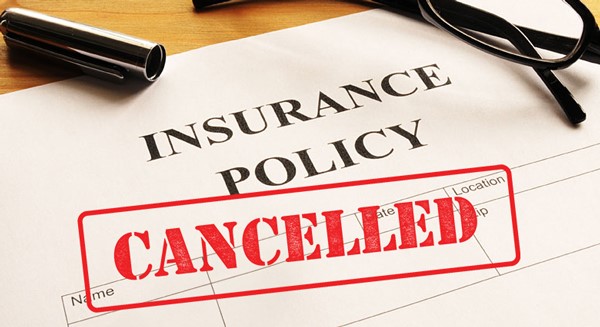
California’s affordable housing developers are facing a new and intensifying threat—one that doesn’t come from zoning battles or funding gaps, but from the skyrocketing cost of property insurance. What was once a manageable line item in a development budget has ballooned into a crisis that threatens the feasibility of new projects and the sustainability of existing ones.
Over the past few years, mainstream insurers have pulled back from California’s property insurance market, citing wildfire risk, rising construction costs, and regulatory constraints. Their departure has left affordable housing providers with few options, often forcing them to rely on the California FAIR Plan, the state’s insurer of last resort. But the FAIR Plan, while essential, was never designed to carry the weight it now bears. It offers limited coverage at higher rates and lacks the comprehensive protection needed for multifamily affordable housing.
The impact is staggering. Across California, nonprofit housing organizations report insurance premium increases of 100% to 200% in just a few years. For some, insurance has overtaken maintenance and utilities as the largest operating expense. In rural areas with higher wildfire risk, the situation is even more dire—some developers are seeing premiums triple, and others are being dropped by their carriers altogether.
This isn’t just a budgeting issue. It’s a development killer.
When insurance costs become unpredictable or unaffordable, projects stall. Lenders hesitate. Underwriting assumptions collapse. And in a state where we need to build 2.5 million new homes by 2031 to meet demand, this instability is unacceptable.
Even existing properties are under pressure. Rising premiums are eating into operating budgets, leaving less room for services, maintenance, and green upgrades. Developers are forced to choose between financial solvency and sustainability goals. And because affordable housing rents are restricted, providers can’t pass these costs on to tenants like market-rate landlords can.
The California Department of Insurance has taken steps to address the crisis, including reforms to the FAIR Plan and proposals to allow catastrophe modeling and reinsurance cost pass-throughs. These are important moves, but they must be accelerated and expanded. We need a stable, competitive insurance market that recognizes the value and resilience of affordable housing—not one that penalizes it.
CCAH urges our members, partners, and allies to take action and here’s what you can do.
- Contact your legislators and demand urgent reforms to stabilize California’s insurance market.
- Share your story—if your project has been impacted by rising insurance costs, let us know. We’re collecting data to advocate for change.
- Join our upcoming policy discussion on September 22. This is one place where we’ll strategize solutions and elevate this issue to the forefront of statewide housing policy.
- Support CCAH’s advocacy efforts by becoming a member or renewing your membership. Together, we can amplify our voice and protect the future of affordable housing in California.
Let’s not allow insurance costs to become the next great barrier to housing equity. The time to act is now.